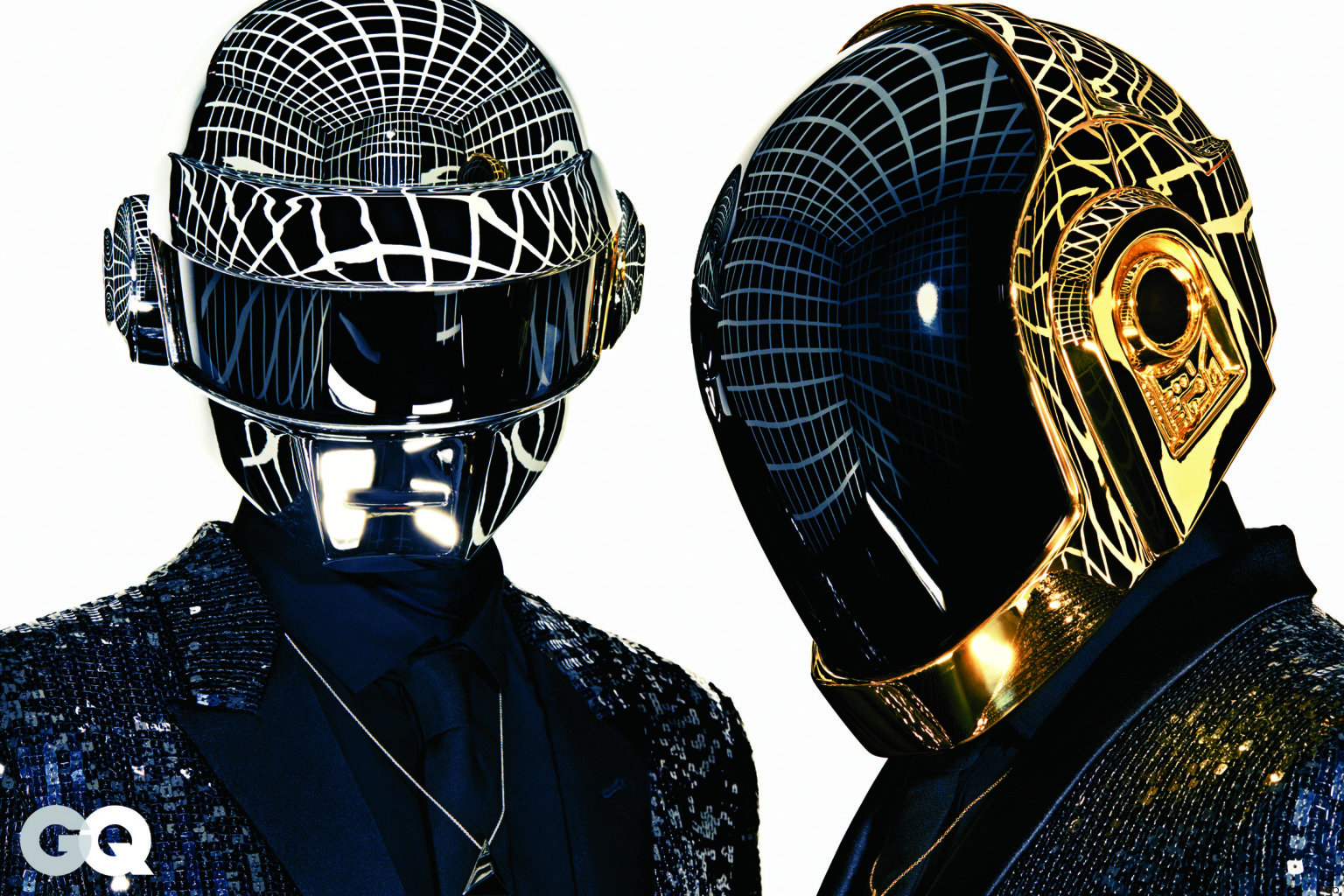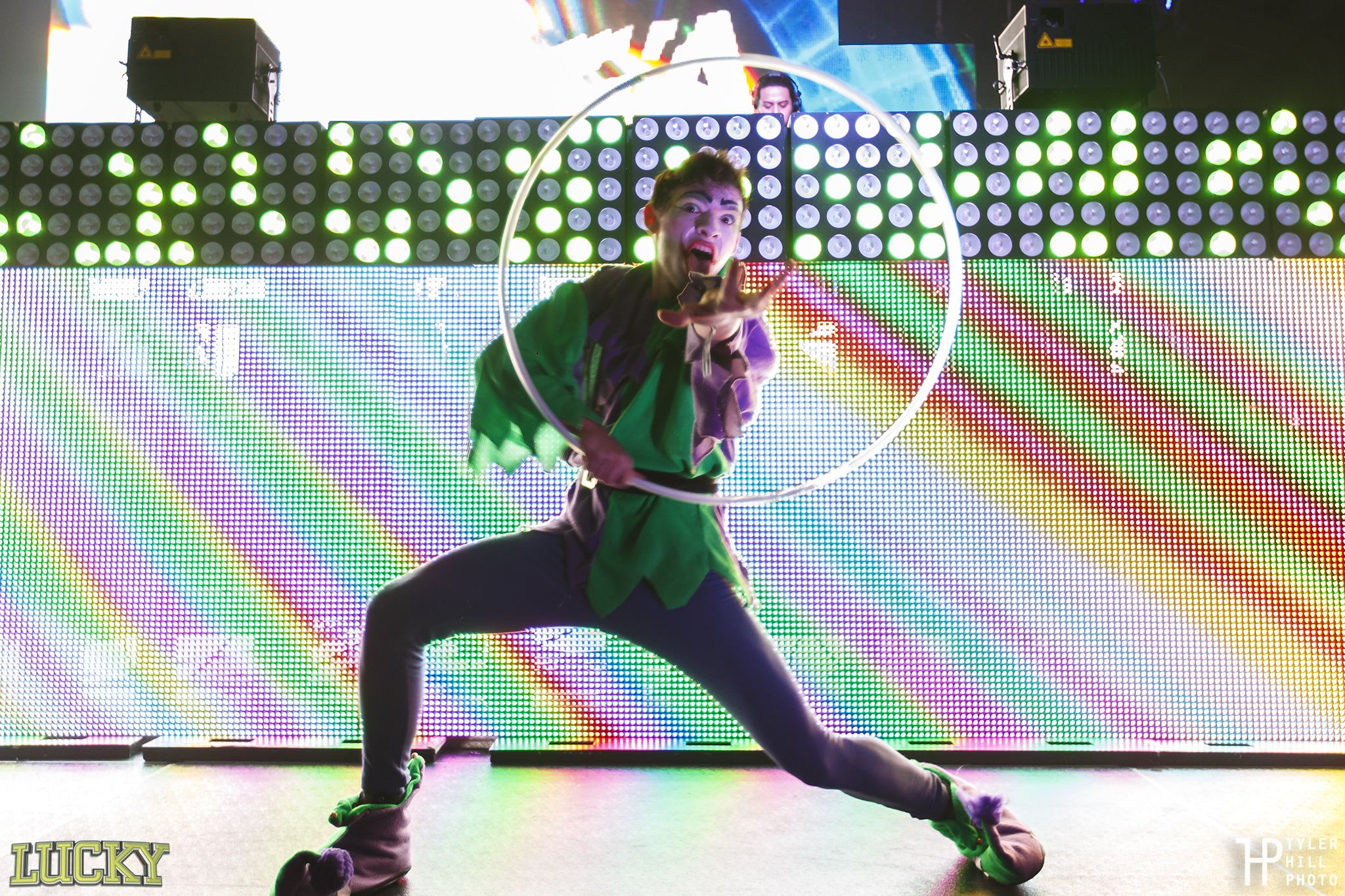The term “music industry” is one that has always fascinated and perturbed me. Taking a magnifying glass to it, it quickly becomes an oxymoron. “Music,” as something to be taken in and ingested, transcends the boundaries of any societal function. Listening to organized groups of sounds in order to free your mind and set aside your reality, your career, your concerns, your address, your seating position, etc., is something that simply can’t be characterized as anything less than a purely human and perhaps spiritual experience. Taking away the business aspect, music doesn’t necessarily “serve a direct purpose” in our daily continuations, but instead acts as a brief, wordless, visceral pathway toward the answers to the questions that keep us awake at night. It brings forth the same sensation as watching wind blowing through leaves or seeing a confident toddler fearlessly charge ahead of its parent as it realizes how to walk: something eternal.
“Industry,” on the other hand raises very different mental images. I picture puffing smokestacks, frowning older men in suits, arbitrary bureaucratic logistics, frustration in all parties, and a kind of unspoken acknowledgment of its inhumane ensnarement of “life as life” in exchange for “life as money.” This being said, the music industry is important and necessary as a way to spread songs, raise awareness, and handle the details behind our favorite pastime and passion (and to help me keep my job). The issue I’m getting at here, however, is the relationship between these two very polar ideas. Regulating the creative market is a delicate process. Unlike the paper business or transportation, the music industry is, in essence, selling artists’ innermost feelings and expressions. It’s a strange concept. Because of this anchor, copyright-related arguments can never entirely be about the money, but must always include a consideration of the defendant as an “artist.” These disputes have become especially commonplace in modern dance music and other electronically-produced genres, as sampling pieces of sound found elsewhere is the name of the game.
Yesterday, Billboard posted an op-ed piece written by producer Laidback Luke about sampling in the music industry, focusing on Robin Thicke and Pharrell Williams‘ chart topper “Blurred Lines.” In this response to his article, I’d like to start by describing the lawsuit and court proceedings.
Marvin Gaye‘s family took Williams and Thicke to court recently over allegations of copyright infringement on Gaye’s 1977 track “Got To Give It Up.” The family wanted a total of $25 million, five times the highest amount paid for song plagiarism in history. Upon a short to listen to “Blurred Lines” and “Got To Give It Up,” it isn’t unrealistic that the Gaye family ended up winning out in the end, although their compensation only reaching $7.4 million. The percussion, vocal melodies and inflection, and overall song structure are too similar to Marvin Gaye’s to be ignored. After eight days of trial testimony, the verdict was reached. Although Pharrell and Robin managed to evade statutory damages because of their unwilling infringement, the jury’s decision marked an important point in the ongoing debate about sampling rights and original ownership of musical property.
In his article, Laidback Luke’s opening message was that the case centered almost entirely around money, as the Gaye family did not attempt to stop the future distribution of the song. He noted that the controversy circulating the dispute brought into question the validity of the creation of new music, rather than the legitimacy of “Blurred Lines” as its own creative work. There’s a very fine line, he says, between knowing somebody used your music and being able to prove it in court. Again, the music industry is complex and multi-faceted in its actions. The judges assigned to cases such as these may not be as knowledgeable about the technical aspects of production as the artists directly involved, yet they have the legal obligation to make a decision based, in part, on whatever their own subjective interpretation of the music dictates. This complicates things, says Laidback Luke, as more authority is shifted to the logistical end of the industry. In addition, in cases regarding such wealthy and prominent figures as Pharrell Williams, the amount of money either party contributes to the litigation can ultimately play a significant role in the final outcome.
In this specific instance, however, all he heard was “a same type of groove and a similar sounding Rhodes organ that doesn’t even play the same notes. [He]’d even go so far to say that ‘Blurred Lines’ is just a similar style of track as ‘Got To Give It Up.’ Style as in genre.” Coming from somebody heavily involved in the EDM community, it’s easy to see why Laidback Luke gives a green light to “Blurred Lines.” He mentions that he recommends the widely-used “Vengeance Essential” sample pack to many producers, noting that almost everybody uses it and can recognize familiar samples when heard. Especially in dance music, he continues, sampling is a crucial and not-soon-to-be-abandoned aspect of artists’ overall production and stylistic approach. Bootlegs and remixes are born like rabbits, and chopping up someone else’s work to fit one’s own creative viewpoint is what makes the genre so inclusive and exciting.
The fact is, this very second some kid somewhere is taking my music, chopping it up, looking at it sideways, replaying it and then calling it his own. They are the future. If that stops, the music stops.
It’s difficult to poke too many holes in Laidback Luke’s opinion. Not only has he been involved in several copyright lawsuits himself, he’s experienced the industry from the perspectives of the artist, the label owner, and the reporter observing the situation from a broader standpoint. He understands the way the game works, and plays it daily as part of his occupation. Like he says, as far as EDM producers are concerned, we wouldn’t exist if it wasn’t for previous works of art. The history of music is a spectrum. Genres and styles are built upon constantly to form new ones, and it’s purely impossible to exclude all influence when forming a new song. From our first Saturday morning cartoons, to the echoey aisles of the pharmacy store, to parties and social events, to movies and television, music has been a part of our hourly human experience since birth. To remove all traces of musical emulation from the sources that inspire us would be to erase all new, innovative thought in the scene. It is what separates the new music from the old that gives it value, yet it must always be subtly grounded in something familiar in order to be approachable to a global audience. Imagine a vacuum in which no outside musical influence was allowed; a silent space where the creation of new music was based purely on the mind’s naked attempts to wrangle notes together to form a melody. It simply cannot be. This impossibility, however, should be celebrated and praised! The connections to the past reveal a graspable timeline of our musical taste and progression throughout the years. To understand where we came from, and to see where we are now as a result of past artwork is a beautiful and humbling idea.
Another impossibility is ignoring the legality of these situations, however. While I advocate for leniency and understanding when it comes to sampling others’ work, I realize that it is a very different action to steal someone’s idea. This is where we begin to tread in the grey area. In the case of “Blurred Lines,” although the artists involved may have approached their production with the same mentality as I’ve just described in the above section, I can’t entirely blame the judges for an incorrect verdict. According to the evidence and testimonials they received, a decision was made that, by principal, was based on legal authorizations and laws, which artists of such magnitude know of well and deal with often. I can think whatever I want about the similarity between the two songs, but it doesn’t mean I’ve passed the bar exam. The fact of the matter is that this process is out of our control as artists currently, being that this was a court case, held in front of a jury, on the grounds of an alleged crime that was committed. The music industry will have to wait a long time before the judicial system seeks to include judges that are qualified in some standard to approach the legitimacy of song plagiarism using their up to date knowledge of all current and past music genres and samples. Until then, it will unfortunately remain a strictly bureaucratic matter.
Photo Credit: InTheMix










